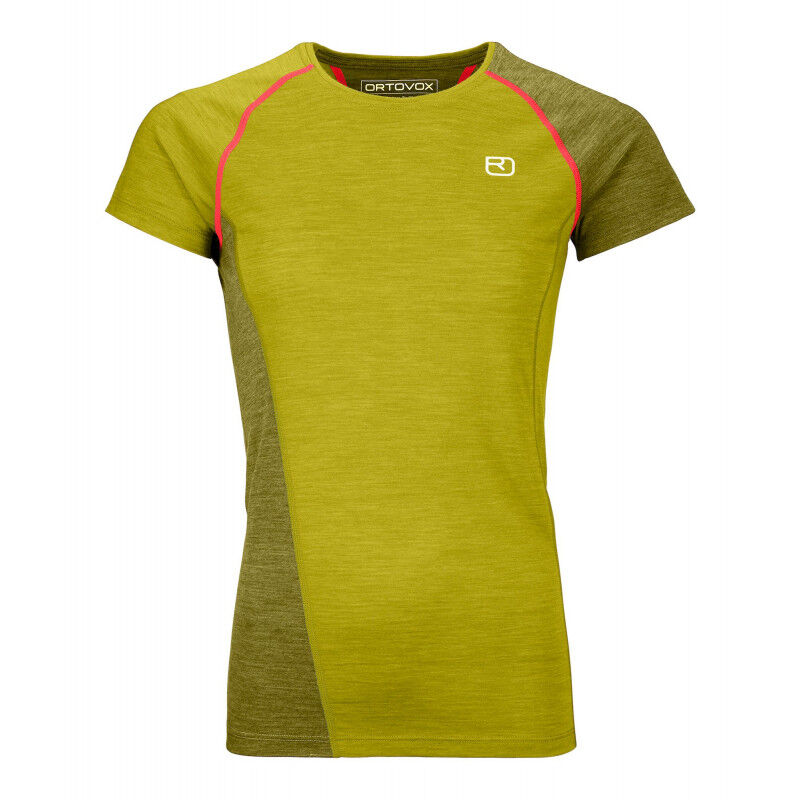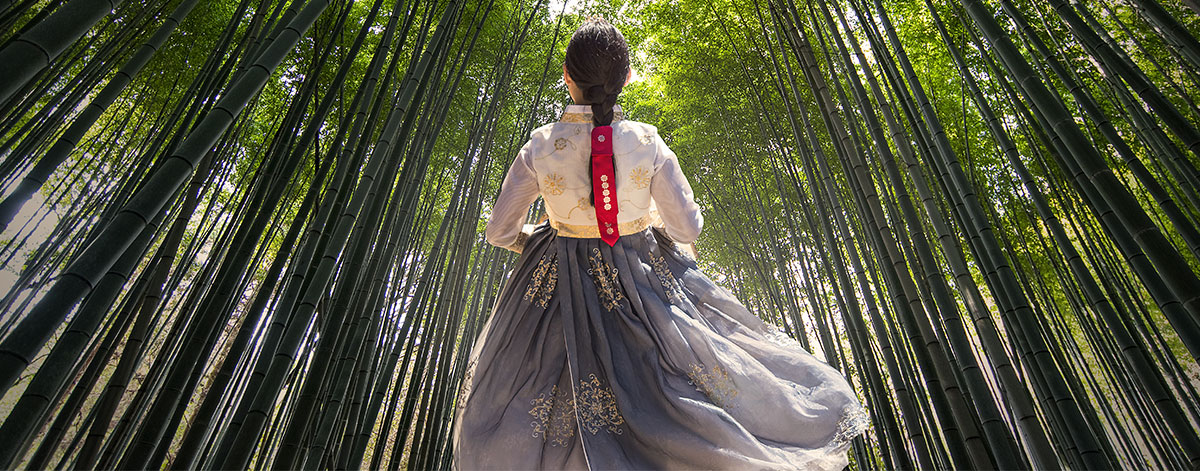Top Suggestions To Selecting Merino Wool Base Layers
Wiki Article
What Are The Advantages Of Base Layers Made Of Yak Merino For Winter Sports Clothes?
Natural fibers are a fantastic choice for base layers in winter sports apparel, and not just for their durability but also because of their environmental sustainability.
Yak and merino are both natural fibers derived from animals. These renewable resources can be harvested in a sustainable manner and without harming animals. These fibers biodegrade and are not harmful to the environment.
Low Environmental Impact
Natural fibers produce less pollution than synthetic fibers. The harvesting and cultivation of wool require less chemical processes and are not dependent on resources that are not renewable compared with synthetic fibers.
Energy Efficiency
Wool fibers are made with less energy than synthetic fibers. Natural wool has a relatively low energy consumption, which contributes to reduced carbon dioxide emissions.
Microplastic pollution is reduced
Contrary to synthetic fibers that shed microplastics during washing natural wool fibers don't contribute to microplastic pollution in the water bodies.
The Recyclability and Longevity of Plastics
Yak merino garments can last many years, and are incredibly durable. Wool fibers can also be recycled or reused to decrease consumption and harm to the environmental.
Sustainable Practices
Certain wool producers follow ethical and sustainable practices. This includes the protection of animals as well as responsible land management. Also, they ensure decent working conditions and fair working conditions for workers involved in production.
Environmental Certification-
To assure consumers of the sustainable production of wool is a certification such as the Responsible Textile Standard (GOTS) or the Global Organic Textile Standard.
As a whole yak Merino Wool base layers support environmental sustainability because they are made with natural fibers, have minimal environmental impact, and incorporate ethical and sustainable practices within the supply chain. If you select natural fibers, such as yak merino for winter sportswear, you are supporting environmentally sustainable and sustainable consumption practices. View the recommended get redirected here for site advice including best thermal underwear for skiing, base layer moisture wicking, merino wool layers, merino long underwear, best merino wool base layer, merino thermals, wool undershirt women's, wool base layer mens, smartwool long sleeve shirt, merino 250 base layer and more.

What Are The Benefits Of Bamboo Clothing In Regards To Thermal Regulation As Well As Uv Protection, Biodegradability And Environmental Impact?
Thermal RegulationBamboo clothing offers numerous advantages, such as UV protection, biodegradability and environmental impact.
Insulation: Bamboo fabric is a natural material with natural thermal regulating properties that allow for warmth in colder weather. It regulates body temperature by retaining warmth in cooler temperatures and providing ventilation during activity to avoid overheating.
UV Protection
UV Resistance- The bamboo fabric gives natural protection from harmful UV radiations. It can block an important portion of the ultraviolet radiations from the sun providing a second layer of protection against exposure to sunlight.
Biodegradability-
The bamboo clothing is biodegradable which means it breaks down naturally after the completion of its lifecycle without leaving harmful residues behind or contributing to the environmental degradation. This reduces the amount of waste that is generated as well as the environmental impact caused by discarded clothes.
Environmental Impact-
Sustainability: As a primary material bamboo is incredibly sustainable. It is a fast-growing and in abundance, with no chemical fertilizers. Fast growth makes it a dependable resource.
Bamboo requires a smaller amount of water than other crops, like cotton. It is a more water-efficient crop. This is essential for conservation efforts, and it reduces the pressure on the water supply.
Soil Conservation-
Soil Health: Bamboo cultivation doesn't generally deplete soil nutrients or require extensive irrigation. It helps improve the health conditions in the soil and lessens the necessity for damaging agricultural practices.
Carbon Sequestration-
Bamboo's carbon absorption capacity is high. Bamboo plants can absorb more carbon dioxide than other plants and release more oxygen into the air. This can to reduce carbon dioxide emissions and combat global warming.
Bamboo clothing offers many benefits, including thermal regulation, UV blockage, biodegradability, as well being a positive influence on the earth. This is why it is a great option for those who want to purchase sustainable, functional clothes. These qualities are aligned with sustainable practices that provide benefits to wearers as well the environment. Follow the most popular koraoutdoor.com winter clotihng for site info including bamboo cay christmas shirts, bamboo baby clothes, kyte pajama, bamboo clothing for women, jacket bamboo, bamboo ladies pants, bamboo cay shirts, bamboo cotton pajamas, bamboo boxer shorts for men, bamboo pants womens and more.

How Do Merino-Layering And Bamboo Clothes Compare To Regular Wool?
Merino wool, bamboo clothing and regular wool can be distinguished with distinct characteristics.
Merino Wool is soft and comfortable to the skin. It's less likely itch or cause irritation than wool that is more traditional.
Merino wool is extremely effective in absorption of moisture, allowing it to evaporate. The wearer is cool and comfortable.
Merino offers excellent insulation, even when it is wet. It regulates temperature and provides insulation in cold temperatures, but also allows airflow in hot weather.
Odor Resistant - It inhibits the development and spread of odor-causing bacteria So clothes stay fresh for longer.
Bamboo Clothing
Softness Bamboo clothing is silky soft feel that is often compared to cashmere or silk. It's a gentle material that gives you a pleasant experience.
Bamboo fabric is wicks moisture away that means it draws moisture away from your skin and keeps your body dry during exercise.
Temperature Regulation- Bamboo clothing has natural temperature-regulating abilities, offering warmth in winter and breathability to prevent overheating.
Sustainability- Bamboo has an abundance of sustainable resources. It grows quickly without pesticides and fertilizers. Bamboo is biodegradable and has a minimal impact on the environment.
Regular Wool
Texture: Wool can vary in texture, with some types being coarser and more prone to cause itching or discomfort.
Wool is an excellent insulation material. It is very warm, however it can feel weighty or bulky.
Moisture Absorption - Wool can absorb water, which makes it less effective at wicking moisture as bamboo and merino. Wool retains its warmth, even when it is damp.
Summary: Merino Wool is soft and odorless. It also provides exceptional moisture wicking. Bamboo clothing has a soft texture, excellent moisture-wicking properties as well as temperature control and long-term sustainability. Regular wool differs in texture and might not provide the same moisture-wicking or softness like bamboo or merino, however, it does provide insulation and warmth. Each material is unique and caters to different winter clothing preferences. View the best merino wool base layer info for website examples including base layer moisture wicking, sitka base layers, merino wool base layer sale, 100 merino wool base layer, wool undershirts, merino 250 base layer, lightweight merino wool base layer, heavyweight merino wool base layer, airblaster merino ninja suit, smartwool 250 base layer bottoms and more.
